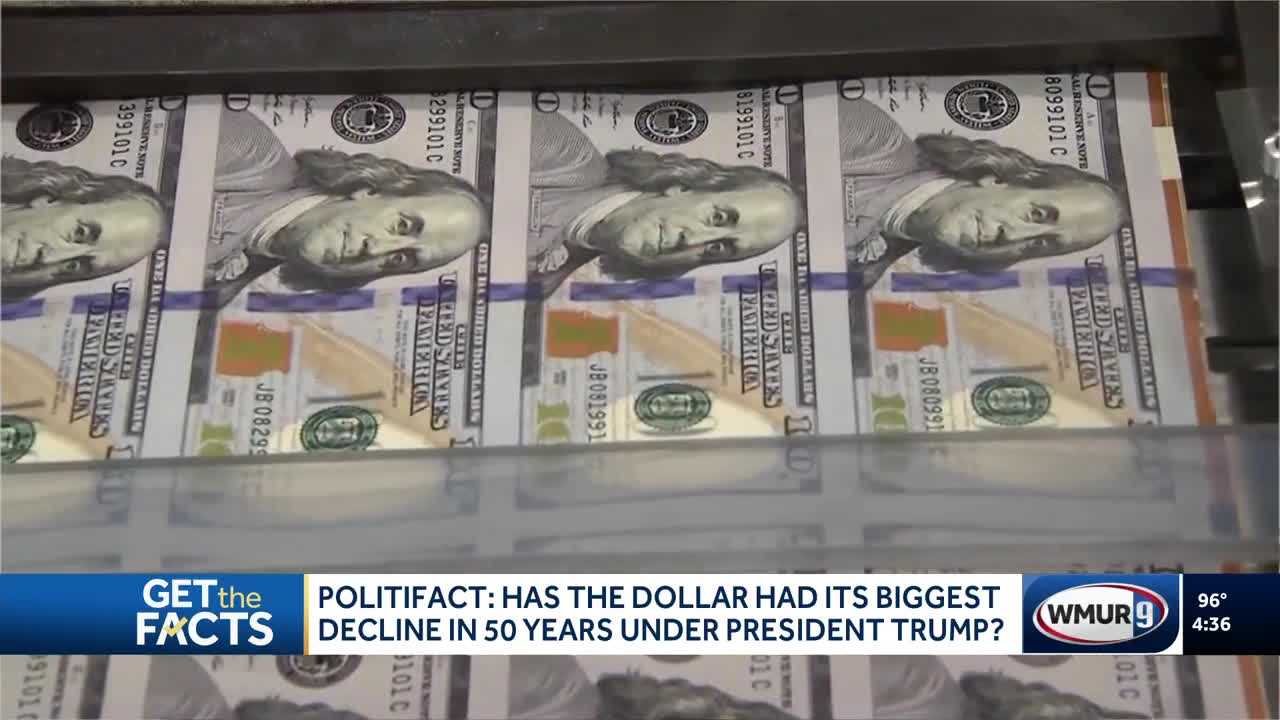A recent claim regarding the U.S. dollar’s significant decline during the Donald Trump administration has sparked considerable debate, with fact-checkers largely confirming the assertion. This unprecedented dip in value presents a curious economic anomaly, prompting a deeper look into its causes and implications, particularly given historical trends where the dollar typically strengthens during economic uncertainty.
The central assertion, put forth by U.S. Representative Ritchie Torres, highlighted an approximate eleven percent depreciation in the dollar’s value since President Trump’s inauguration. This specific figure was emphasized as the most substantial decline observed in over half a century, underscoring the severity and unusual nature of the economic shift during this period.
Independent verification by PolitiFact, in collaboration with financial research firm Morningstar, substantiated a substantial portion of Torres’s claim. Morningstar’s data indicated an eleven percent drop in the dollar’s strength against a basket of major currencies during the initial six months of 2025, marking the most significant first-half decline since 1973.
While President Trump was in office for the majority of this critical six-month window, it’s crucial to acknowledge that his presidency did not cover the entire period. Nevertheless, the timing of this significant currency depreciation aligns closely with his term, raising questions about the contributing policy decisions and global economic landscape during his administration.
Economists have noted that this particular decline diverges from conventional patterns. Historically, during periods of economic instability or global turmoil, the U.S. dollar has often served as a safe-haven asset, experiencing an increase in value as investors seek stability. The recent depreciation, therefore, presents a noteworthy departure from this established trend.
PolitiFact identified two primary factors potentially contributing to this unusual economic behavior. One significant element was President Trump’s aggressive tariff policy. These duties, frequently initiated, halted, and re-initiated, introduced considerable uncertainty into global trade patterns, disrupting long-standing agreements and fostering an unpredictable environment for international commerce.
The second key factor cited was the uncertainty surrounding the leadership of the Federal Reserve. President Trump’s public threats to dismiss Chairman Jerome Powell due to policy disagreements created an atmosphere of instability concerning monetary policy. Such executive interference in central bank independence can significantly impact market confidence and currency valuation.
The confluence of these factors—disruptive trade policies and doubts about central bank autonomy—likely played a pivotal role in the dollar’s unexpected trajectory. Understanding these dynamics is essential for analyzing the broader economic consequences during that administration and provides valuable insights into how political actions can ripple through global financial markets, influencing currency strength.






Leave a Reply